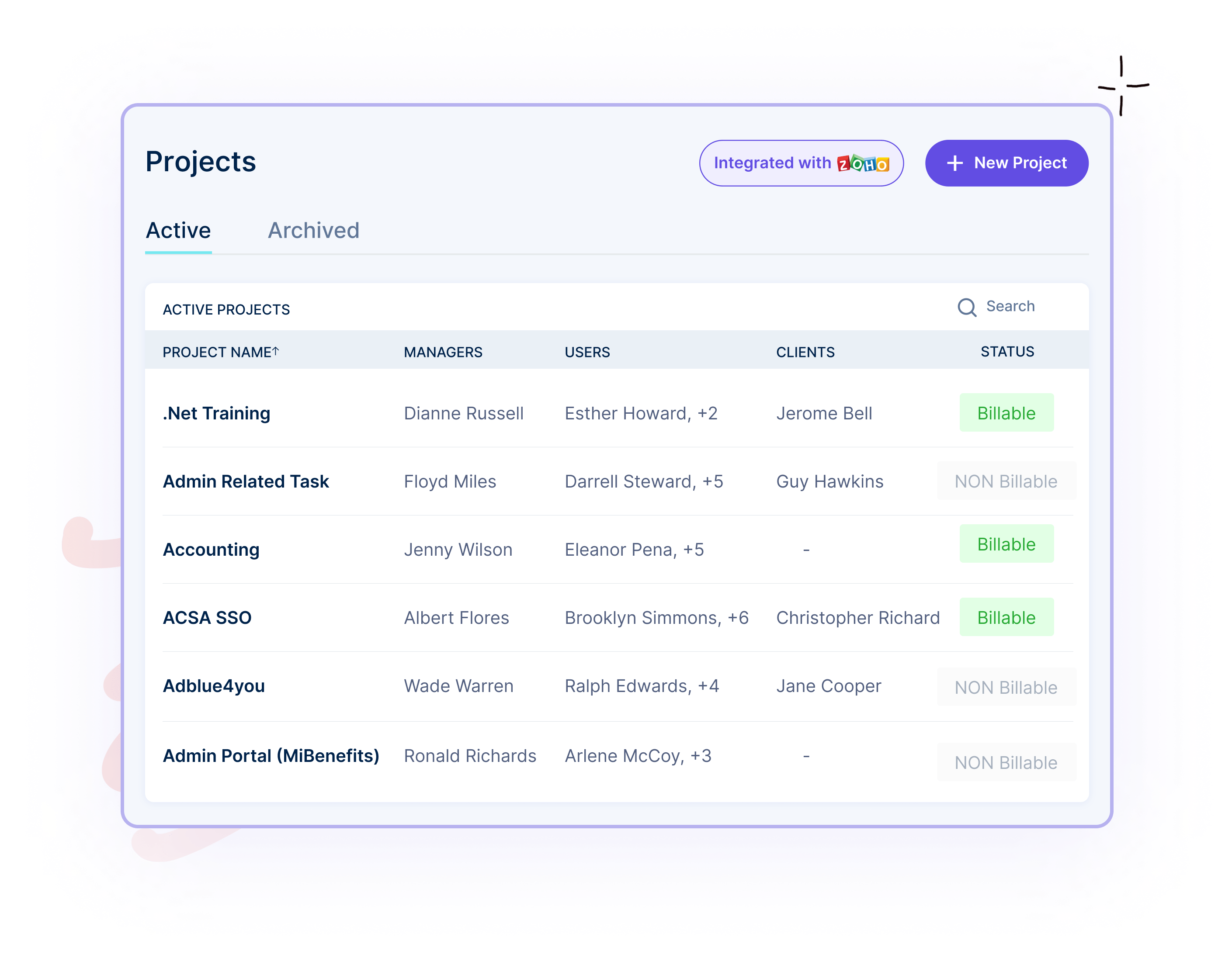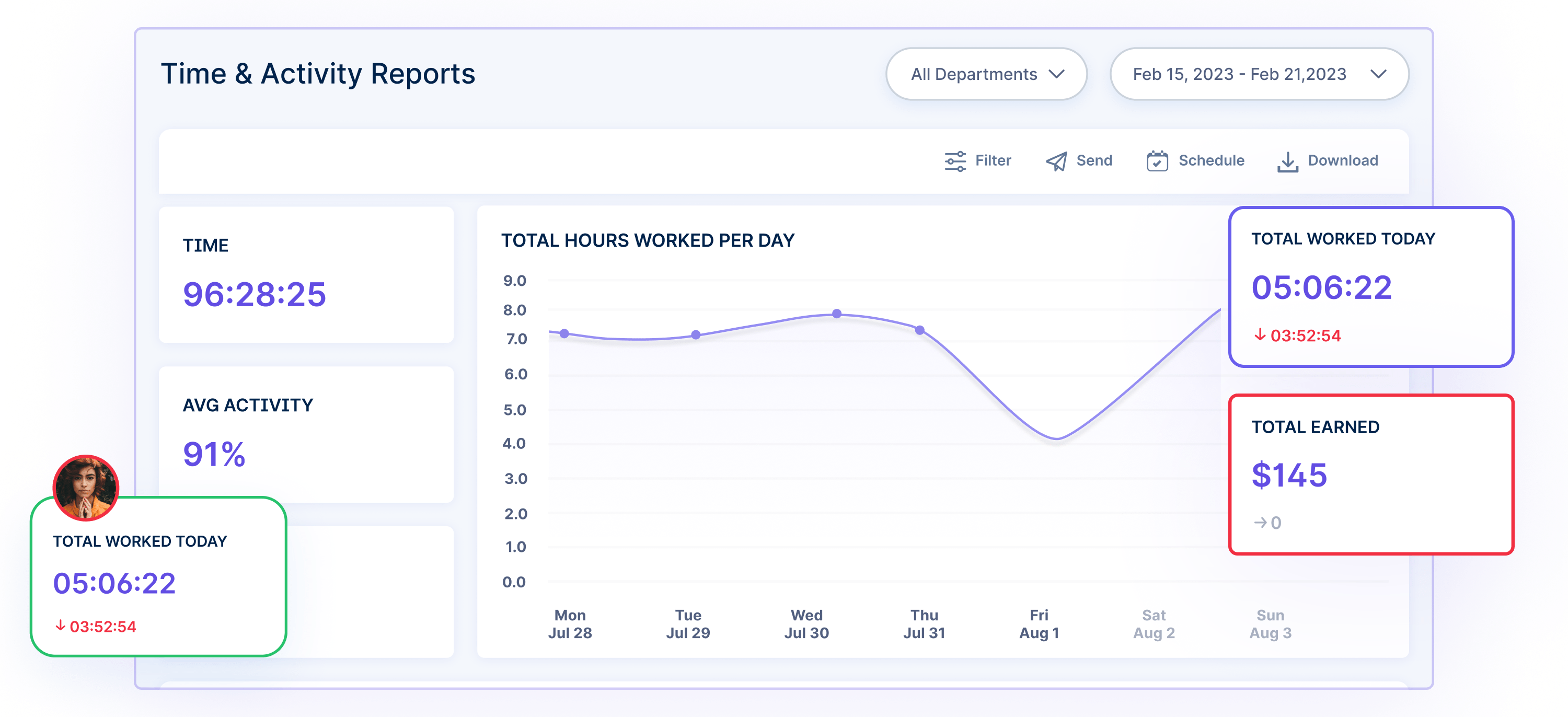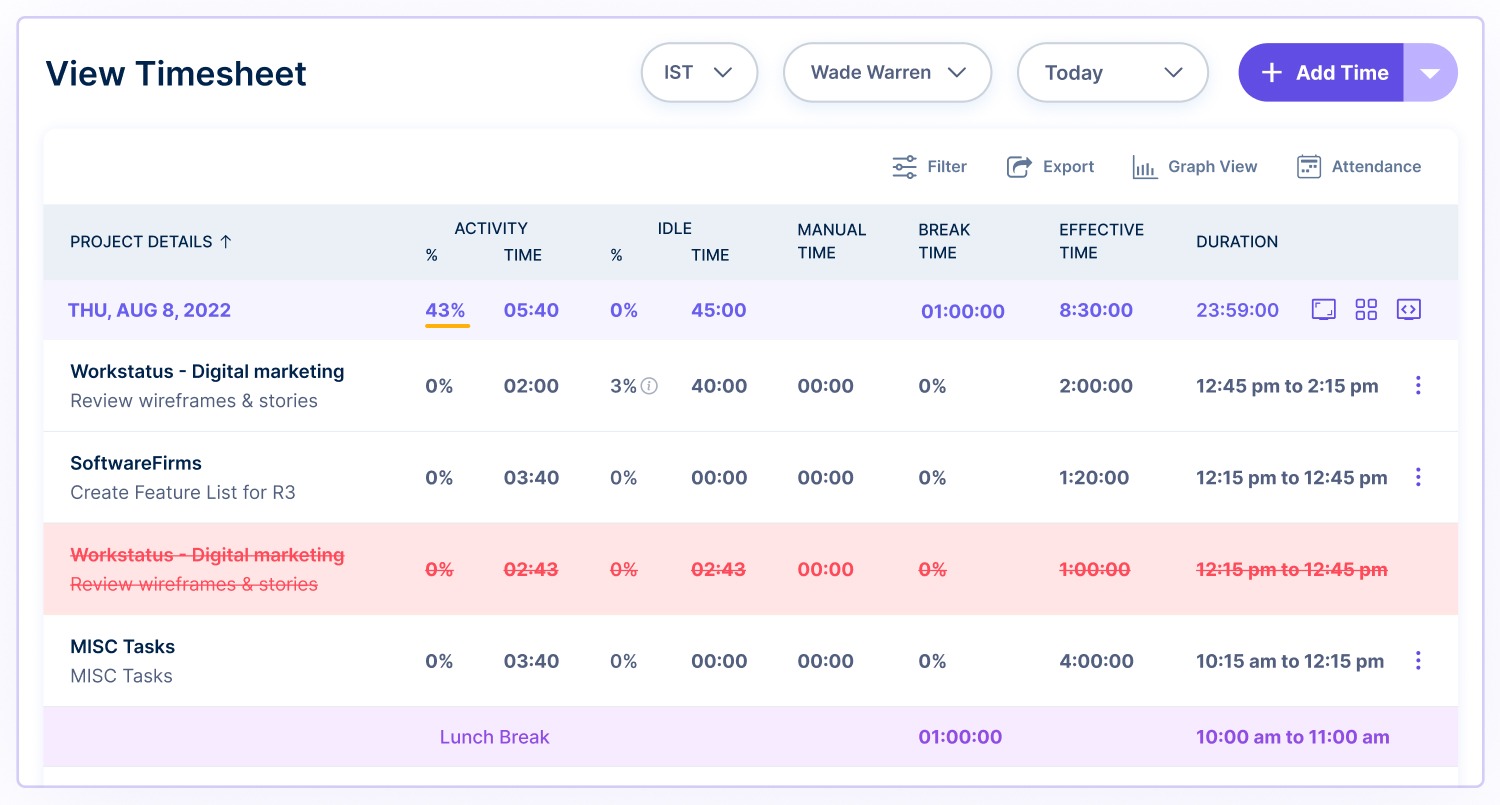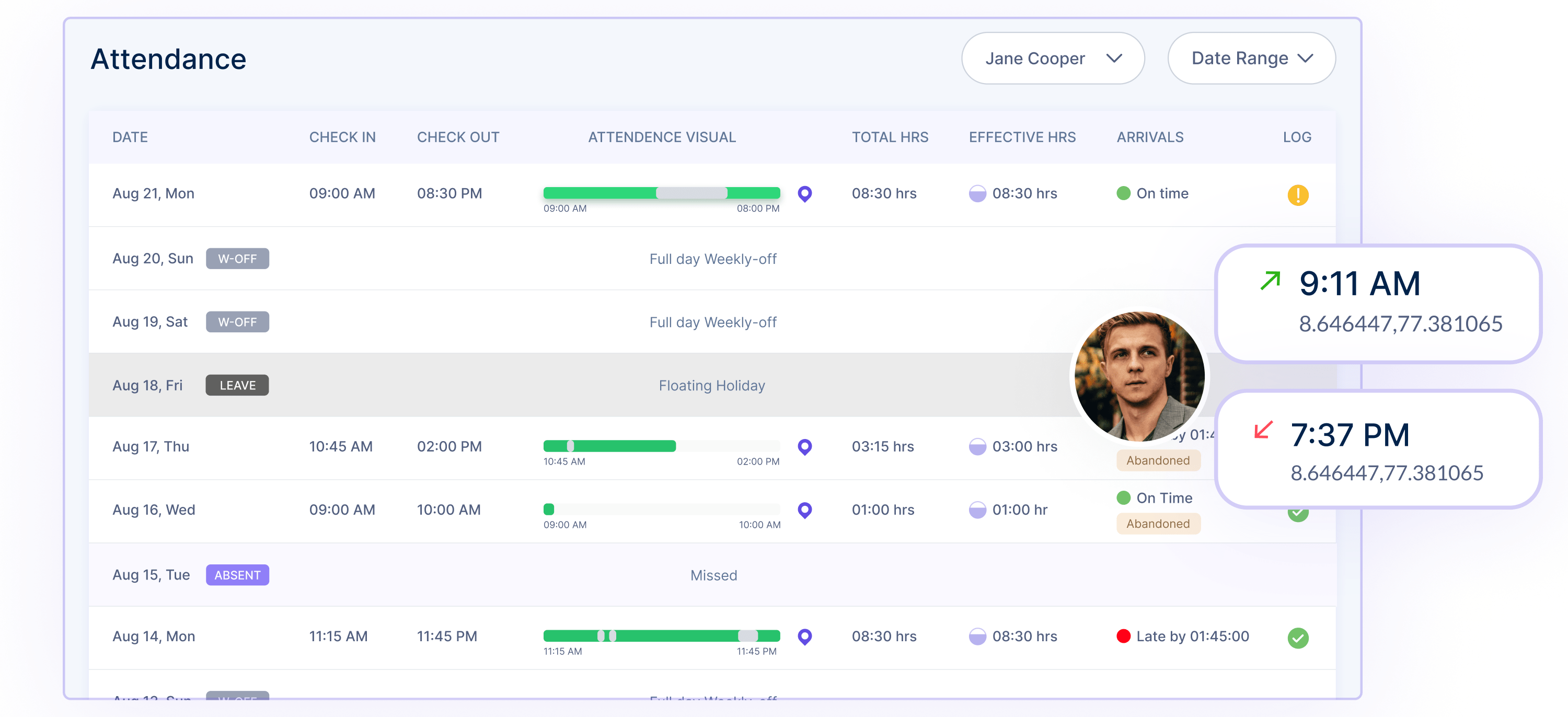Table of Contents
Introduction
Most of your digital experience comes from Software Development. It involves writing code, making things look good, keeping everything working, testing it, and more.
But that’s not all – the developers doing this also have to finish their work by certain deadlines.
Hence, development teams need to work productively and efficiently. A survey discovered that 63.5% of developers spend around 3-4 hours each day writing code.
Distractions are the major reason behind this drop in productivity.
Occasionally, trying to take a quick way to save time can make things even more complicated in the end, resulting in dropping efficiency.
So, software developers should learn how to eliminate things that waste time to improve their work.
In this blog post, we’ll talk about the seven biggest time-wasters in software development. We’ll also share some useful ways to fix these issues.
Let’s begin now!
Productivity Facts for Development Teams
Here are some productivity facts for development teams:
- Focused Flow Yields Results: It takes approximately 23 minutes and 15 seconds to regain full focus after a distraction. Encourage uninterrupted work sessions to promote a state of flow and boost productivity.
- The Pomodoro Technique Works: Structured breaks, like the Pomodoro Technique (25 minutes of focused work followed by a 5-minute break), can enhance concentration and efficiency throughout the workday.
- Variety Enhances Creativity: Rotating tasks or projects can prevent burnout and stimulate creative thinking. Diverse challenges keep development teams engaged and innovative.
- Early Birds Are Productive Birds: Studies show that early risers are more productive during the first few hours of the day. Encourage a culture of starting the workday with high-priority tasks.
- Regular Feedback Improves Output: Frequent feedback loops among team members lead to quicker error detection and resolution. Regular code reviews and open communication enhance the quality of output.
- Automation Empowers Efficiency: Implementing automation tools for repetitive tasks, testing, and deployment streamlines the development process, allowing teams to focus on more complex and creative aspects of their work.
Identifying 8 Common Time Wasters
Here are the most common time wasters in the software development industry:
Time Waster #1: Unclear Project Scope
When the goals and requirements of a project are not clearly defined, developers can waste time going in the wrong direction.
It leads to confusion, reworks, and delays.
Clarity on what needs to be achieved is crucial to prevent this time-waster.
Time Waster #2: Inadequate Planning
Without thorough planning, developers might rush into coding without considering potential roadblocks.
Poor planning results in backtracking, fixing mistakes, and redoing work, which consumes valuable time that could have been saved with proper preparation.
Time Waster #3: Poor Communication
Lack of effective communication among team members leads to misunderstandings, repetitive work, and missed deadlines.
Clear and open communication channels are vital to ensure everyone is on the same page to reduce the time wasted due to confusion.
Time Waster #4: Constant Context Switching
Jumping between different tasks frequently disrupts focus and reduces productivity.
Constant context switching forces developers to spend time readjusting to each task, slowing down their progress.
Time Waster #5: Insufficient Code Documentation
Inadequate documentation makes it difficult for developers to understand and modify code efficiently.
They might spend excessive time deciphering their own or others’ work instead of smoothly building upon existing code.
Time Waster #6: Neglecting Automated Testing
Skipping automated testing might save time initially but leads to more time wasted later due to bugs and errors.
Automated testing helps catch issues early, preventing the need for extensive debugging and fixing down the line.
This process is supported by a variety of tools for quality assurance testing, which are essential for conducting thorough and efficient tests. These tools streamline the testing process and make it easier to maintain high standards of quality throughout the development lifecycle. The main goal is to ensure that the final product meets both technical and user requirements efficiently.
Time Waster #7: Unproductive Meetings
Meetings that lack a clear agenda or involve too many people can be major time-wasters.
Time spent on unproductive meetings could have been used for actual development tasks.
Ensuring meetings are focused, brief, and involve only relevant team members.
Time Waster #8: Ignoring Developer Well-being
Overworked and stressed developers are less productive and more prone to making mistakes.
Ignoring the well-being of developers can lead to burnout and longer recovery times, ultimately impacting the project’s timeline.
The Art of Time Management
Read the below infographics to learn the art of time management.
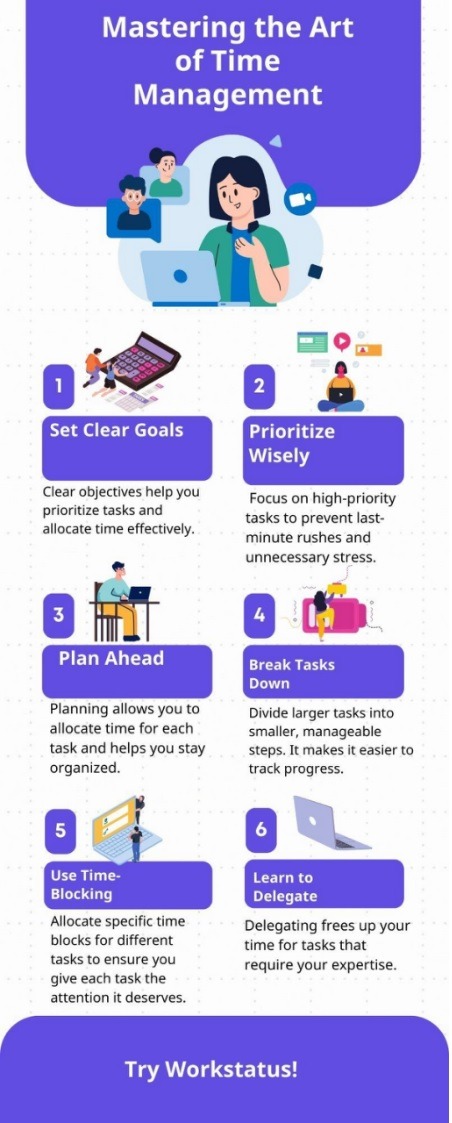
By implementing these strategies, you’ll be equipped to seize control of your time, boost productivity, and achieve a better work-life balance.
Eliminating Time Wasters With Workstatus
Workstatus is a dynamic productivity and team management solution.
This platform offers the following advanced tools that are uniquely crafted to help software development teams eliminate time wastage:
- Project tracking
- Task assignment
- Automated reporting
- Activity monitoring
With Workstatus, software development projects can achieve higher efficiency, better collaboration, and improved outcomes.
Here are the top features to help you eliminate time wasters from your workflow:
1. Project Tracking
Workstatus offers robust project tracking features that allow you to monitor the progress of your projects in real time.
You can identify bottlenecks and allocate resources more effectively with clear visibility into task statuses, milestones, and deadlines.
It helps eliminate time wasted on unproductive tasks and ensures timely project completion.
What to look for:
- Visual Progress Tracking
- Milestone Management
- Real-time Collaboration
2. Task Assignment
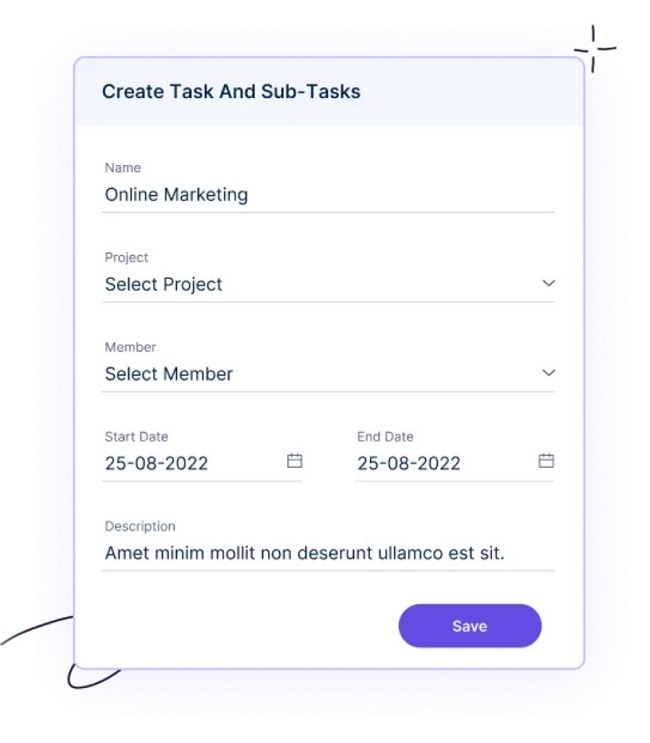
Workstatus enables you to assign tasks to team members with ease.
It ensures everyone knows their responsibilities and reduces time wasted searching for information or waiting for task assignments.
What to look for:
- Team Member Allocation
- Priority Setting
- Deadline Assignment
3. Automated Reports
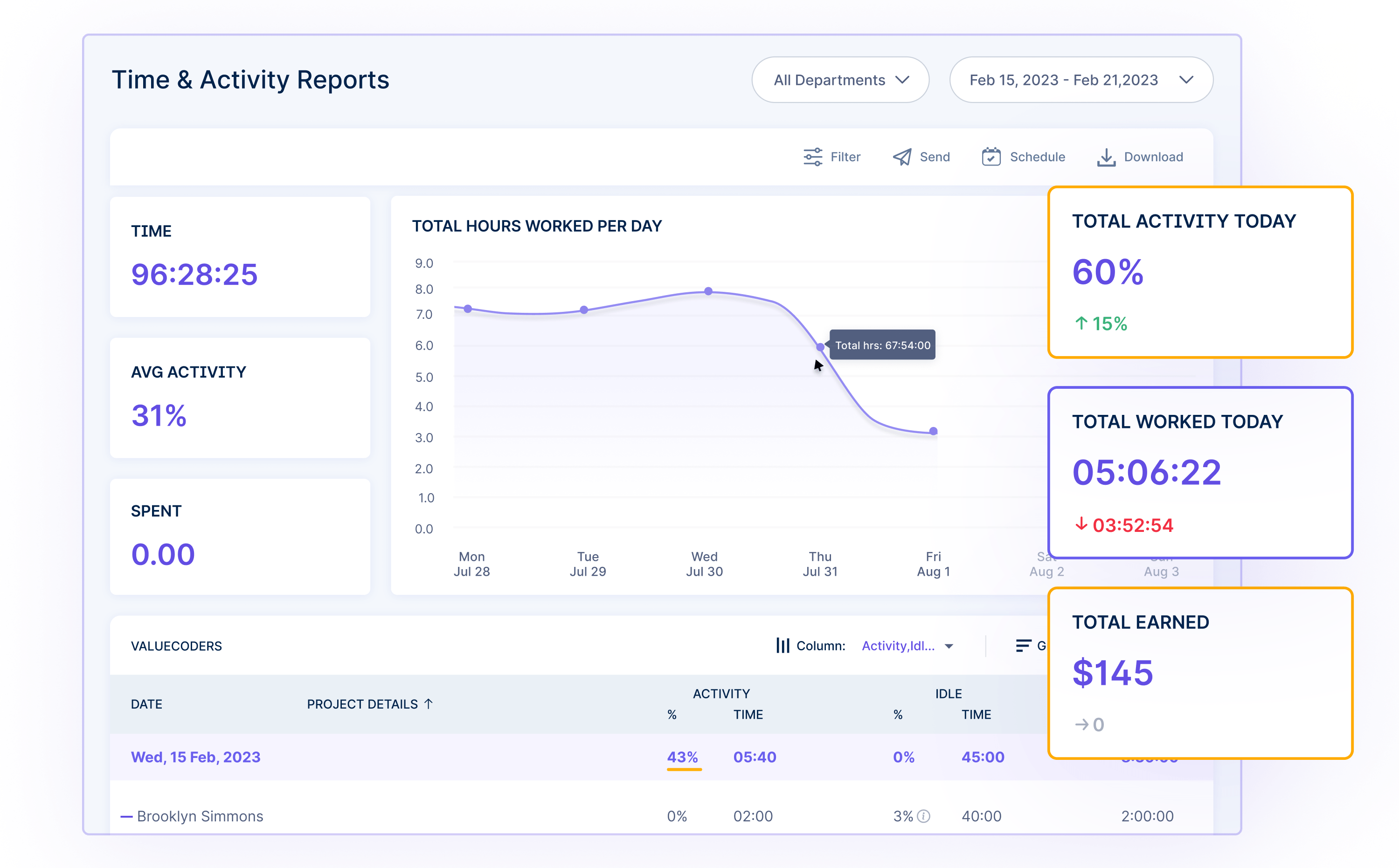
Workstatus automates report generation, providing accurate insights into project progress, team performance, and task completion rates.
It eliminates the need to spend valuable time compiling and analyzing data.
What to look for:
- Time & Activity Reports
- Productivity Charts
- Attendance Reports
4. Activity Monitoring
Workstatus offers activity monitoring features that give you a detailed view of how your team spends their time during work hours.
It helps identify unproductive activities, excessive breaks, and potential distractions.
Addressing these issues can significantly minimize time wastage and enhance productivity.
What to look for:
- Real-time Activity Feed
- Application Usage Tracking
- Idle Time Monitoring
5. Work Hours Tracking
Tracking work hours manually can be cumbersome and prone to inaccuracies.
Workstatus simplifies this process by automatically recording work hours for each team member.
It ensures accurate time tracking for tasks and projects, eliminating disputes and enabling better time allocation.
What to look for:
- Automatic Time Logging
- Online Timesheets
- Overtime Calculation
6. Attendance Management
Maintaining accurate attendance records is essential for effective workforce management.
Workstatus provides attendance tracking tools that help you keep track of employee attendance and punctuality.
By addressing attendance-related issues promptly, you can ensure that work hours are utilized optimally.
What to look for:
- Facial Recognition
- Leave and Absence Management
- Integration with Calendar Systems
By optimizing these aspects, you can enhance productivity, reduce time wastage, and achieve better outcomes.
Closing Thoughts
It’s really easy to get stuck in these time-wasting traps.
Even though they seem like small bits of time, they can add up and waste a lot of time overall.
Remember, every minute saved from these time-wasting pitfalls can be invested in innovation, collaboration, and the pursuit of excellence.
By pinpointing and eradicating eight common time-wasting culprits, developers can now leverage data-driven insights and smart tools like Workstatus to optimize their workflows.
Embracing a future of focused coding, seamless collaboration, and agile project management, you can drive innovation to new heights.




